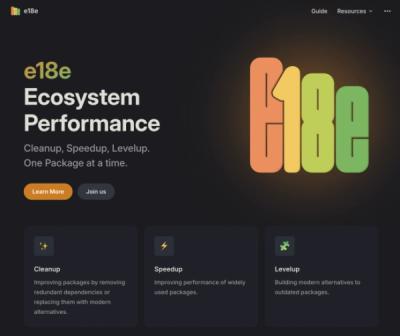@google-cloud/vision (Alpha)
Google Cloud Vision Client Library for Node.js
Looking for more Google APIs than just Vision? You might want to check out google-cloud.
$ npm install --save @google-cloud/vision
var vision = require('@google-cloud/vision')({
projectId: 'grape-spaceship-123',
keyFilename: '/path/to/keyfile.json'
});
vision.detectText('./image.jpg', function(err, text) {
});
vision.detectFaces('./image.jpg', function(err, faces) {
});
vision.detectFaces('./image.jpg').then(function(data) {
var faces = data[0];
});
var vision = require('@google-cloud/vision')({
promise: require('bluebird')
});
Authentication
It's incredibly easy to get authenticated and start using Google's APIs. You can set your credentials on a global basis as well as on a per-API basis. See each individual API section below to see how you can auth on a per-API-basis. This is useful if you want to use different accounts for different Google Cloud services.
On Google Cloud Platform
If you are running this client on Google Cloud Platform, we handle authentication for you with no configuration. You just need to make sure that when you set up the GCE instance, you add the correct scopes for the APIs you want to access.
var vision = require('@google-cloud/vision')();
Elsewhere
If you are not running this client on Google Cloud Platform, you need a Google Developers service account. To create a service account:
- Visit the Google Developers Console.
- Create a new project or click on an existing project.
- Navigate to APIs & auth > APIs section and turn on the following APIs (you may need to enable billing in order to use these services):
- Navigate to APIs & auth > Credentials and then:
- If you want to use a new service account, click on Create new Client ID and select Service account. After the account is created, you will be prompted to download the JSON key file that the library uses to authenticate your requests.
- If you want to generate a new key for an existing service account, click on Generate new JSON key and download the JSON key file.
var projectId = process.env.GCLOUD_PROJECT;
var vision = require('@google-cloud/vision')({
projectId: projectId,
keyFilename: '/path/to/keyfile.json'
credentials: require('./path/to/keyfile.json')
});




